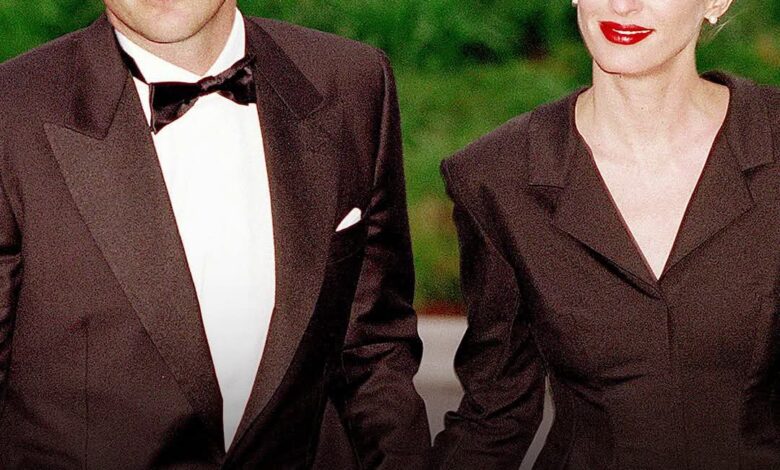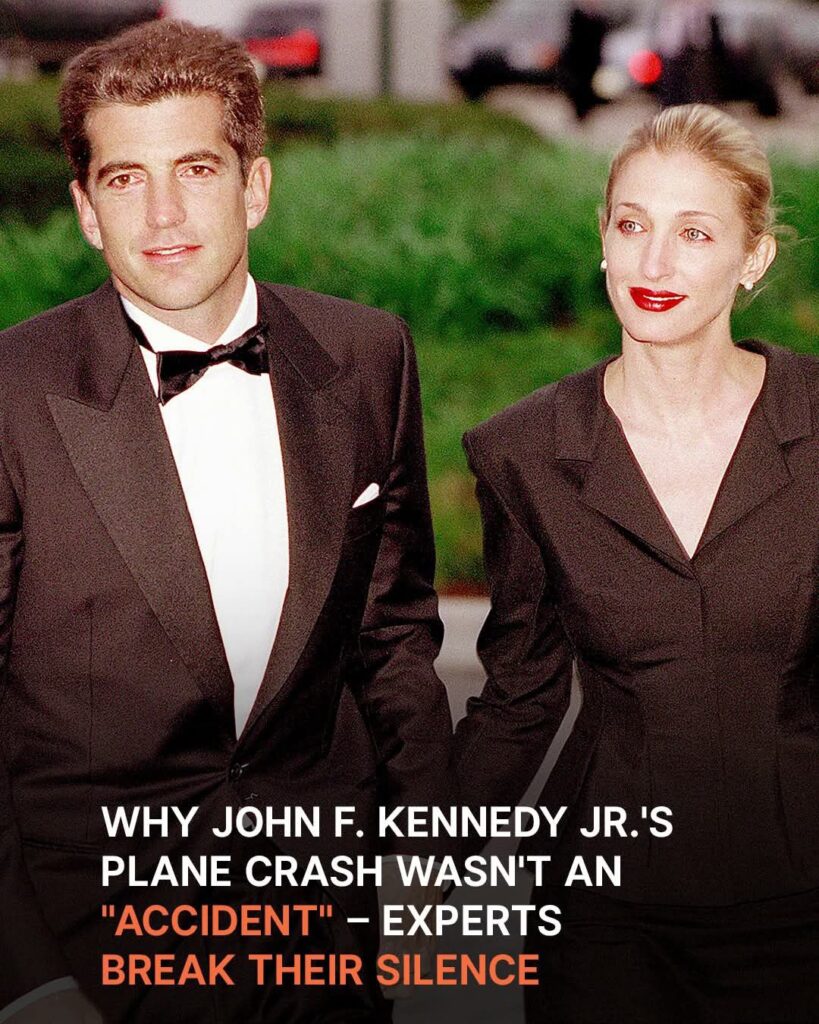JFK Jr. Plane Crash: Expert Analysis Reveals Troubling Questions

Aviation Specialists Question Official Findings in Kennedy Tragedy
The 1999 aircraft incident that claimed the lives of John F. Kennedy Jr., his wife Carolyn Bessette-Kennedy, and her sister Lauren Bessette remains one of America’s most scrutinized aviation tragedies. While officially classified as an accident by the National Transportation Safety Board, aviation experts and investigators have identified several concerning inconsistencies in the official narrative.
The Final Flight: A Timeline of Events
On July 16, 1999, JFK Jr. began what would become his final day with routine activities—lunch with editors, a workout session, and returning to his office to meet Lauren Bessette. That afternoon, they departed for Essex County Airport in New Jersey, where Kennedy’s aircraft awaited them.
Meanwhile, Carolyn Bessette-Kennedy was shopping in Manhattan before joining them at the airport, slightly delayed by traffic. By the time all three arrived at Essex, darkness had begun to settle.
Their flight plan was straightforward—transport Lauren to Martha’s Vineyard before continuing to the Kennedy compound in Hyannis Port for Rory Kennedy’s wedding celebration the following day.
Weather reports from Martha’s Vineyard showed varying conditions—initially indicating eight miles of visibility with clear skies, but earlier measurements had reported reduced visibility of six miles with humid, hazy conditions. Despite these inconsistencies, Kennedy proceeded with the flight.

Critical Moments in the Air
As the aircraft progressed over water, coastal lights disappeared behind them. A combination of heat and humidity created a dense haze that obscured the horizon. The moisture-laden air over the ocean intensified these conditions, ultimately rendering the Martha’s Vineyard coastline invisible—despite being only 15 minutes from their destination.
Inside the cockpit, Kennedy reportedly experienced sensory disorientation. Aviation experts refer to this phenomenon as “black hole vertigo”—a dangerous condition where a pilot’s sensory perception conflicts with instrument readings, creating confusion about spatial orientation, including the critical ability to determine which direction is upward.
Byron Byrnes from the Air Traffic Controllers Association explained that in such situations, pilots may feel the aircraft banking in one direction and instinctively compensate in the opposite direction—a potentially fatal error if the artificial horizon indicates otherwise.
Flight data shows that at 9:34 PM, Kennedy was flying at 5,800 feet. Over the next five minutes, the aircraft descended steadily at approximately 700 feet per minute, reaching 2,300 feet. At 9:39 PM, the plane suddenly veered right and climbed slightly to 2,600 feet. Thirty seconds later, it lurched leftward.
The aircraft then entered what pilots term a “graveyard spiral,” descending at 4,700 feet per minute—a rapidly tightening downward spiral that culminated in impact with the ocean surface at approximately 79 feet per second. The collision was instantly fatal for all three occupants, who remained secured in their seats.
Search crews discovered the wreckage five days later when sonar equipment detected debris on the ocean floor. Navy divers recovered the bodies from the broken fuselage, located approximately seven miles southwest of Martha’s Vineyard under 116 feet of water.
Continue reading on next page…